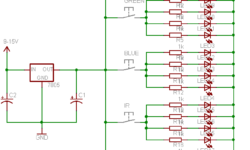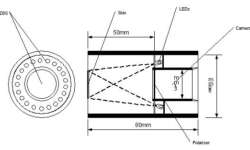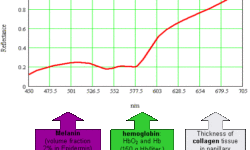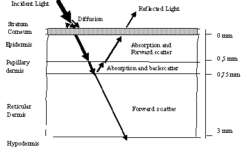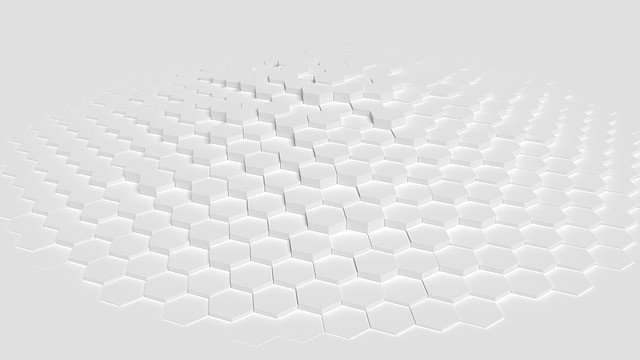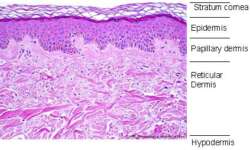
Skin is a brilliant structure of our body. It is very elastic and pretty strong to protect internal tissue. It also acts as a thermoregulator of our entire body protecting us from overheats when we sweat and when there is cold, the blood flow is reduced to skin tissues to save heat to the body’s inner organs. Skin is pretty resistant to harmful chemicals, microorganisms, and if dry, it has high electrical receptivity. From the biochemical side, the skin can produce vitamin D when exposed to sunlight, which is essential for our bones’ growth and maintenance. The extensive network of nerves within the skin feeds information continuously to the brain concerning our surroundings. So it is full of sensors to know the external world like temperature, pressure. Don’t even let me start about skin importance in the fashion industry. About how much there is the attention paid to cosmetics, beauty shine. Skin can show you if you’re shy or cold, or afraid. As you see, your body’s top layer of skin can tell you so many things; get to know it. Skin structure diagram Mainly people used to name only two layers of skin epidermis and dermis. But in reality,…
Continue reading








